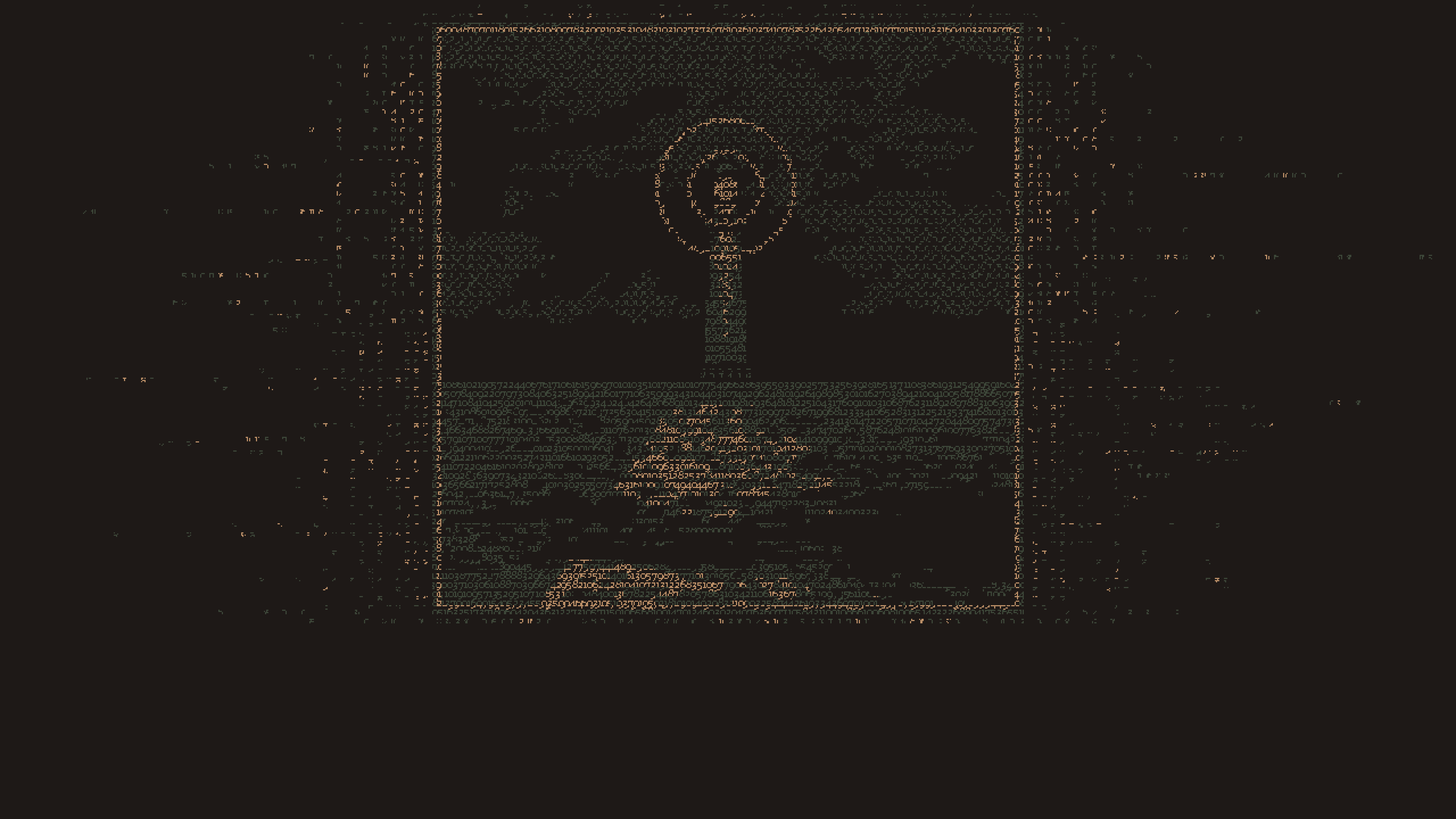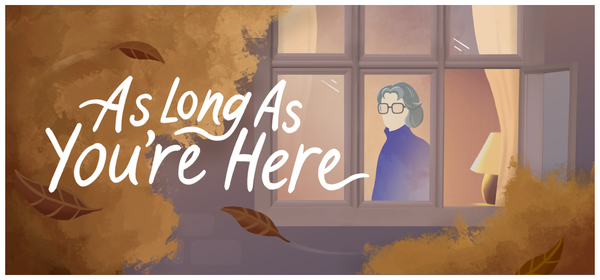Without a Dawn is a haunting campfire story
Without a Dawn—a short kinetic novel created by Jesse Makkonen, a solo-dev from Finland—is a game begging to be (psycho)analyzed. You play as a young woman staying in a secluded cabin to get a much-needed mental break. Instead, you’ll find the protagonist experiencing increasingly surreal and dream-like episodes as her world unravels and a man in a gas mask haunts her dreams.
Without a Dawn is spooky, its sparse writing and haunting visuals carrying you along a dreadful path you just know ends poorly. Like a campfire story, you know how the story ends before you even begin, but it’s how the story is told that will stick with you. The writing in Without a Dawn feels more literary than game: sparse, well-written vignettes and dreams leave you unsettled; what is a dream, what is reality, and what is a distortion.
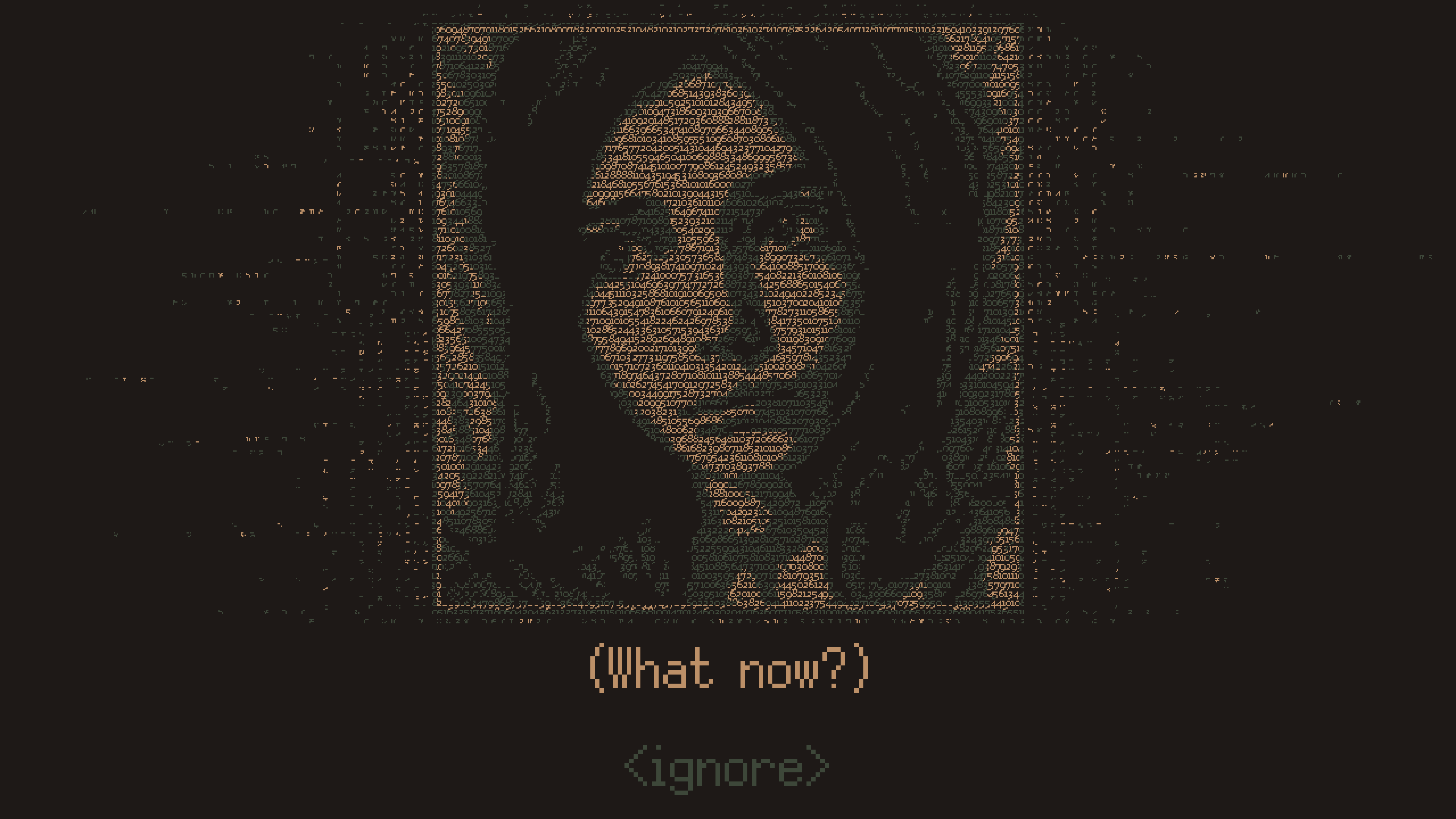
The game has a nightmarish quality to it, motifs of a man in a gas mask and hovering black pyramids weave their way throughout the story. The man becomes your guide, ushering the main character forward, either with explicit directions or solutions to a puzzle. As you click through the story you’ll be presented with two dialogue options, though, as a kinetic novel, the choices are mostly just for flavor. You’ll ultimately be funneled down the path the game wants you to take, which can be disappointed for fans of more choice-based visual novels, but I think that that inevitability is one of the scarier parts of the game.
What struck me first about Without a Dawn is its incredible art style. The closest analogue would be Return of the Obra Dinn passed through The Matrix…with a dash of sleep paralysis. Screenshots don’t do it justice, the Matrix-style shifting letters is both arresting and unsettling, the dancing haze of ASCII art swirling like fog in a dream.
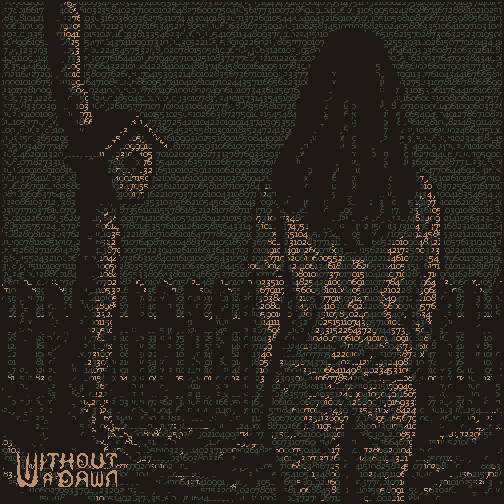
The ASCII art is stunning throughout the game, but there are two particular moments that stand out: one is looking out your cabin’s window, and another is looking down a long, straight road. You watch the game unfold through a square typically of lightly-animated images—the woman’s eyes will shift or blink, the tree limbs will sway—but in two dreadful moments, you watch as the dreamy haze morphs into a shape that approaches, the ethereal soundtrack ratcheting the tension up.
Jesse Makkonen knows what they’re doing; from the sparse writing to the very constrained viewport, you always feel like you’re playing Without a Dawn with blinders on. You’re on rails, watching the story unfold before your eyes, the inevitable end—the black pyramid, the dawn—approaching. I’m not a person who seeks out horror games—I’m a big old wimp—but Without a Dawn is that perfect kind of tightly crafted experience that spikes my heart rate without making me turn away. There aren’t jump scares and you can’t control what you see, instead the horror of the game is in the tension of know something awful is about to happen…you just don’t know what. At just under an hour in length, Without a Dawn is a short, but sustained story, the vignettes are well-paced, the tension is always there, and you’re shuttled along quickly to the conclusion.
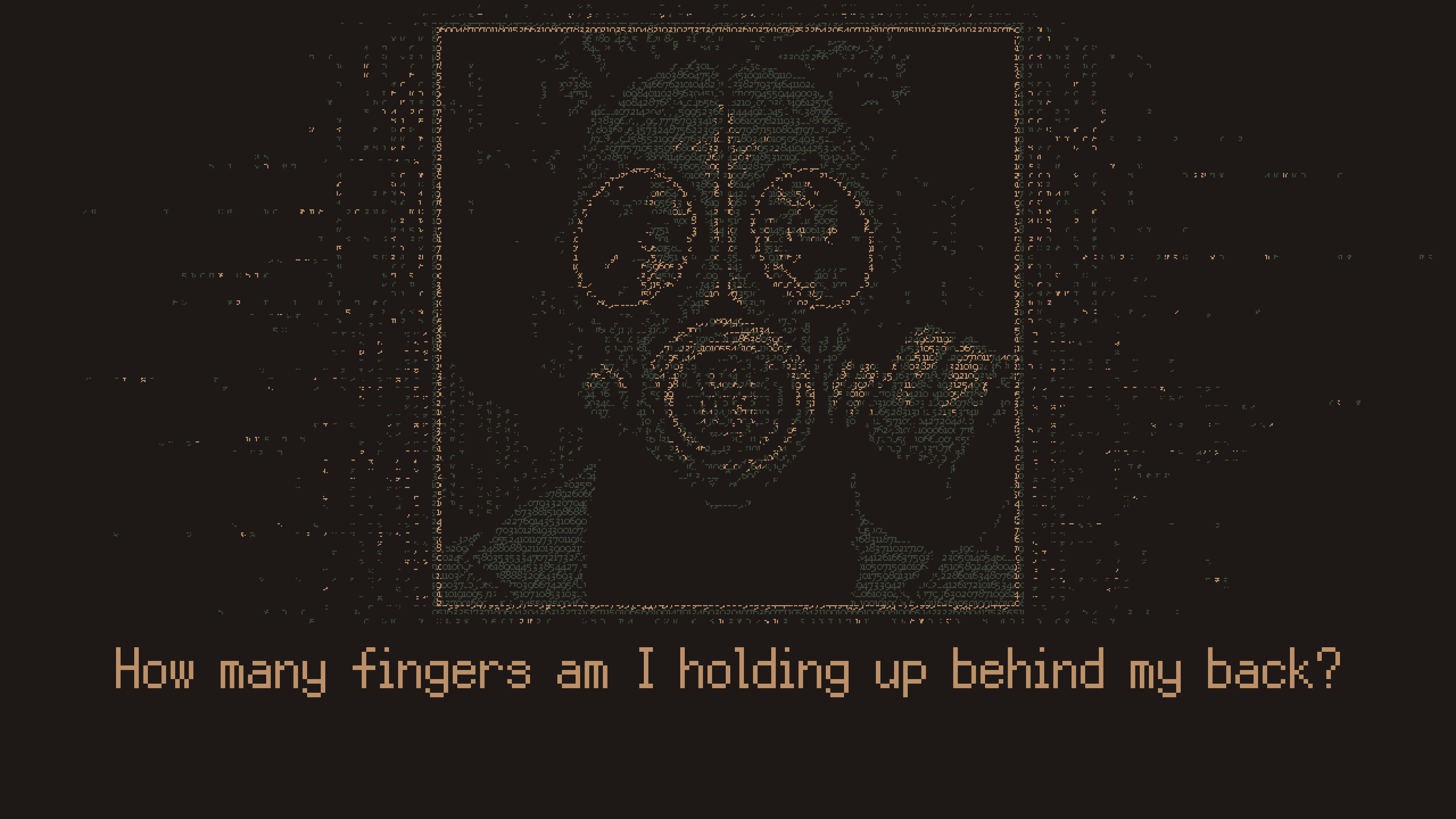
And let’s talk about that conclusion. I won’t spoil how the story ends, but don’t expect the young woman’s story to be tied up neatly. I’m a sucker for ambiguous endings that set your mind ablaze when the credits start to roll and Without a Dawn doesn’t disappoint in that department. The recurring motifs of a lighthouse at dawn, the man in a gas mask, and the things a mind does when it’s isolated, come together in an ending that has you questioning everything that came before.
I’m glad that I spent an hour with Without a Dawn and I’m looking forward to doing it again later this year when the larger story beats leave my mind. While it’s not a game with multiple endings, I think the game is ripe for interpretation and analysis; it’s not as straightforward as the controls would have you believe and the game could be great to play with a friend or partner to discuss afterwards.


